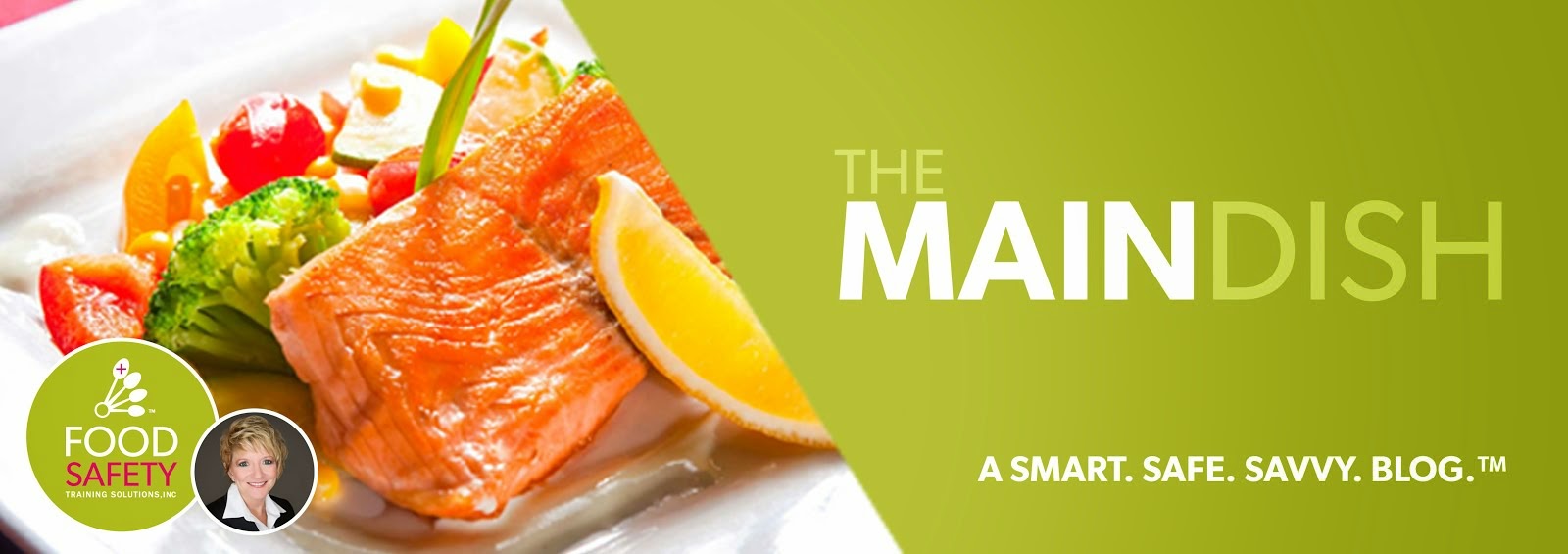As I stood in the TSA security line at one of our nation’s airports, I noticed that the person in line behind me had what appeared to be a restaurant food delivery. The items that were being delivered were packaged in bags from a well-known “box store” (which is not an approved food source for restaurant sales), and food products were cascading out of the bags onto the filthy airport conveyor belt.
Granted, as a food safety expert, I’m more observant about these things than the average individual, but everyone around me could see raw vegetables, as well as refrigerated and frozen food products, falling onto the grimy conveyor belt to pass through security. In the process, the foods were being introduced to a variety of contaminants.
As I watched, horrified, I wondered if anyone would bother to take the temperature of the cold items when they arrived at their final destination. I could clearly see that the “cold food” products were not being properly refrigerated in transit. The deliveries were being transported in regular grocery bags, not coolers, and there was no way to tell how long the cold food had been in the temperature danger zone of 41°F - 135°F. On this particular day, it was over 90°F outside and quite warm inside the airport. I could see condensation beading on the outside of all of the refrigerated/frozen containers, demonstrating that the items were thawing in the warm air. Would the restaurant refreeze the thawed foods, after they had been in the temperature danger zone? If so, that would be a food safety nightmare of catastrophic proportions.
When the restaurant received this delivery, would someone wash the raw vegetables appropriately to rid of the dangerous bacteria they most certainly picked up during their unsanitary transport?
Unfortunately, I see improper food handling and delivery all the time. People often use dirty transport carts to transfer products from one area to another. In some instances, the same cart that’s used to transport food is also used to haul garbage to the dumpster!
Occasionally, deliveries are made at “inconvenient times,” and the food service staff may be too busy to put the items away immediately. In those instances, cold products remain in hallways, parking lots, and unrefrigerated stockrooms, allowing perishable foods to venture into the temperature danger zone – sometimes for extended periods of time.
Safely transporting and storing food products is tremendously important and cannot be overlooked. Allowing products to be transported in dirty carts or left unattended in hallways, parking lots, or other unprotected areas also leaves the stock exposed to food defense issues. Food defense is the prevention of the intentional contamination of food. In situations such as these, anyone has access to the stock, and could easily sabotage it.
Being careless with food – putting it on dirty conveyor belts, in filthy transport carts, left unattended or in a sunny parking lot – puts those products at increased risk. While the food safety rules and regulations that are in place can seem a burdensome at times, especially when staff gets busy or distracted, they’re critically important to follow, all the time, with every item of food. Keeping food safe protects the public, as well as your business. While you might concentrate on implementing food safety protocols in your kitchen, avoiding cross-contamination, washing your hands after touching raw poultry, etc., you must also ensure that the food is traveling to you safely. Confirm that your suppliers and delivery personnel are always adhering to safe practices, and not risking the health of your guests – or the success of your business.
Francine L. Shaw is President of Food Safety Training Solutions, Inc., which offers a robust roster of services, including food safety training, food safety inspections, Norovirus policies for employees, Norovirus clean-up procedures, responsible alcohol service training, and more. The Food Safety Training Solutions team has more than 100 combined years of industry experience in restaurants, casinos, and convenience stores. The company has helped numerous clients, including McDonald’s, Subway, Marriott, Domino’s, Girl Scouts and Boy Scouts of America, Dairy Queen, and Omni Hotel and Resorts, prevent foodborne illnesses. Additionally, they work with restaurants of all sizes, schools, medical facilities, convenience stores, hotels and casinos. Francine has been featured as a food safety expert in numerous media outlets, including the Dr. Oz Show, the Huffington Post and Food Management.
Can your company afford the cost of a foodborne illness? Let Food Safety Training Solutions, Inc. give you piece of mind with routine third party inspections, a customized food safety curriculum, or food safety training classes. The personal and financial risks associated with foodborne illness outbreaks are increasing every day.
*Original article appeared in TOTAL FOOD SERVICE MAGAZINE August 2016

